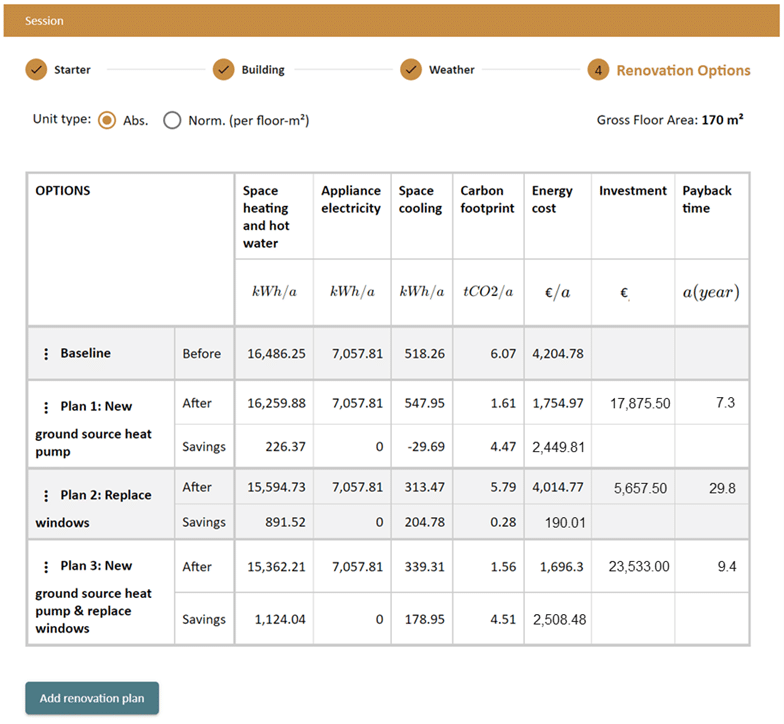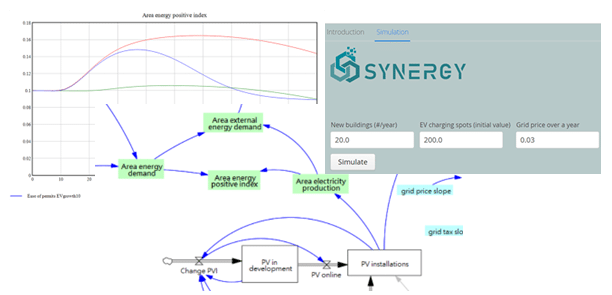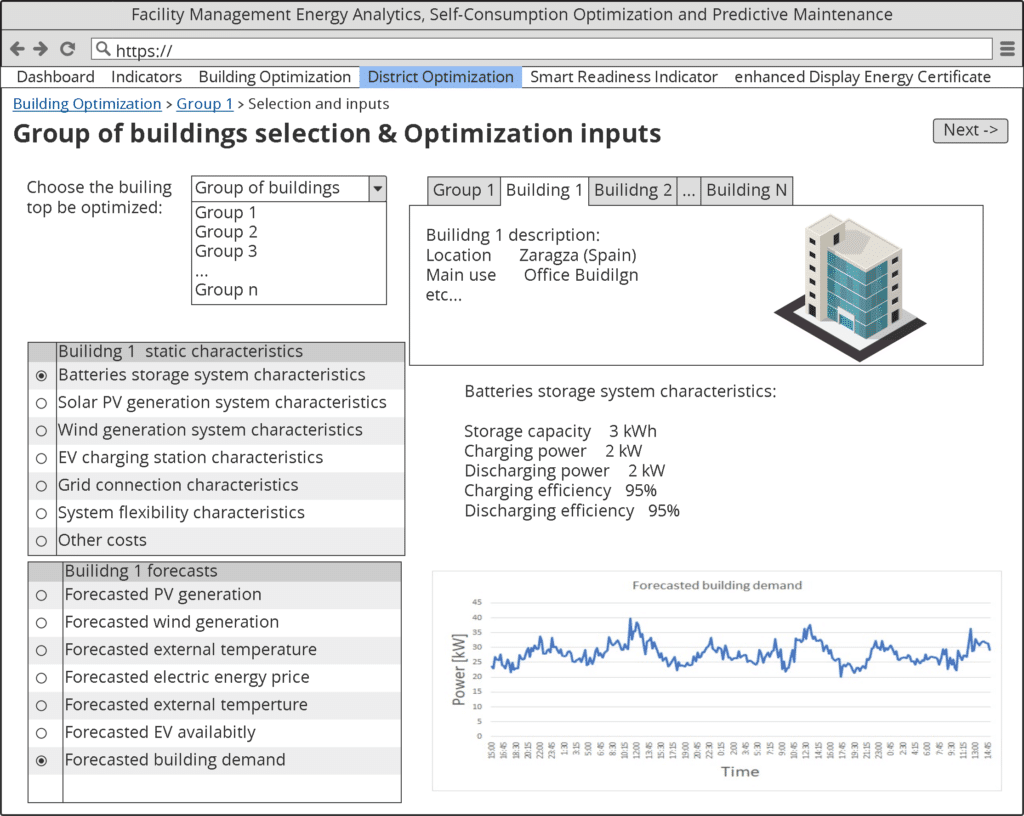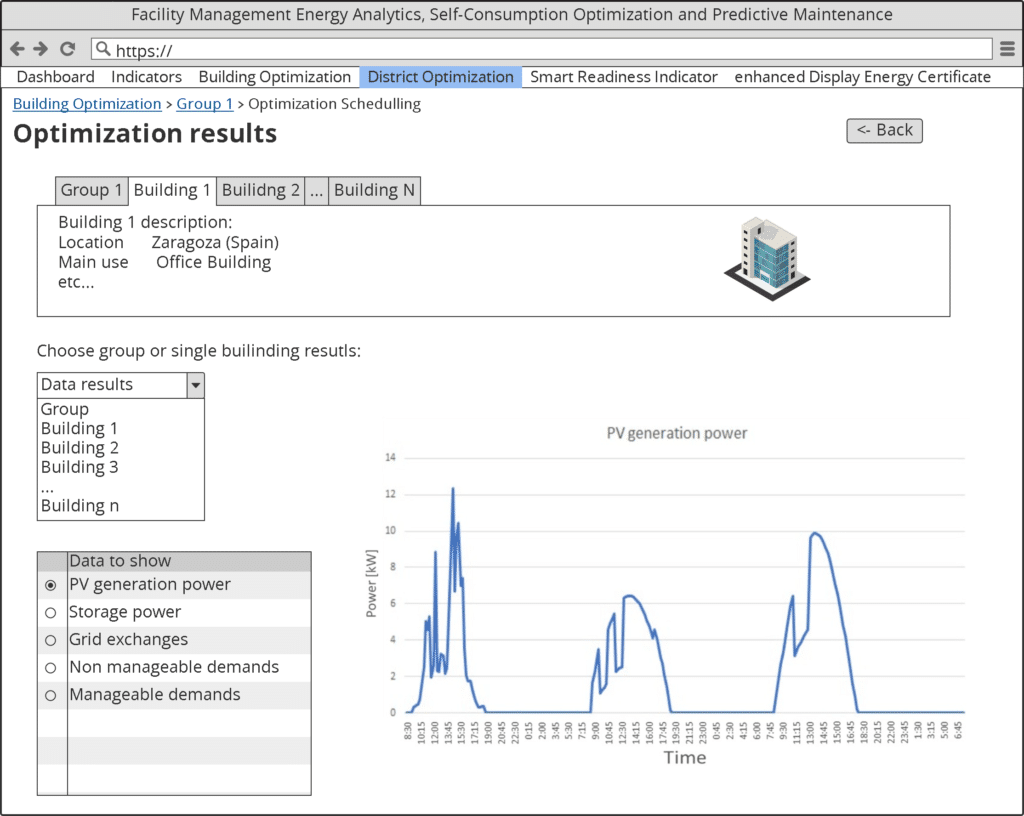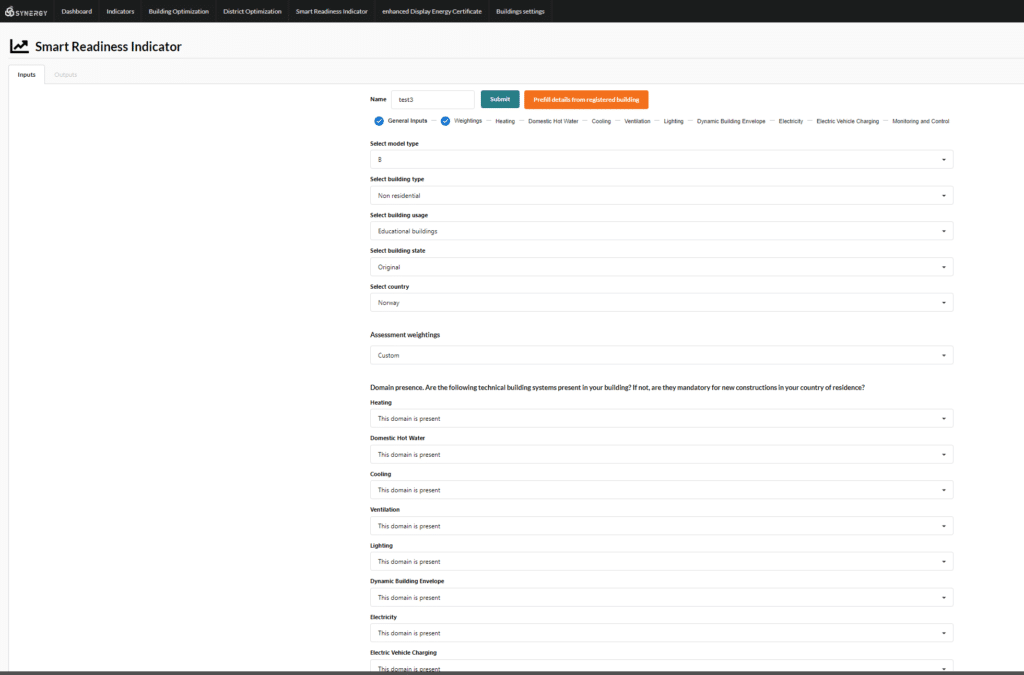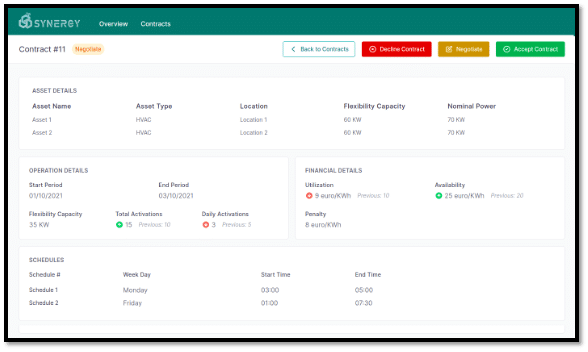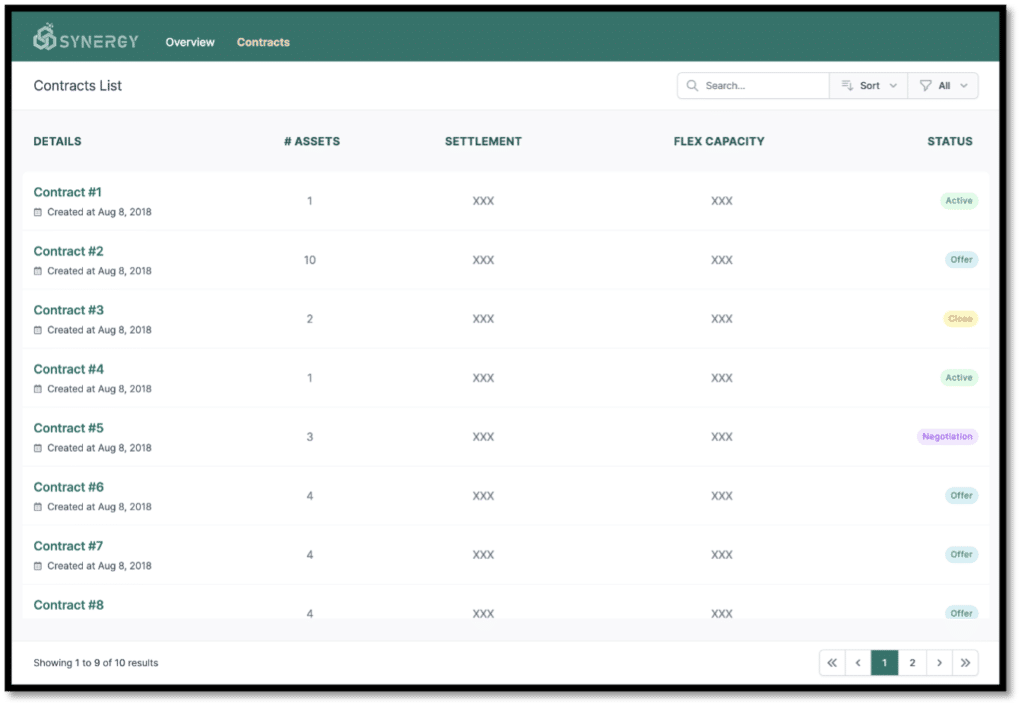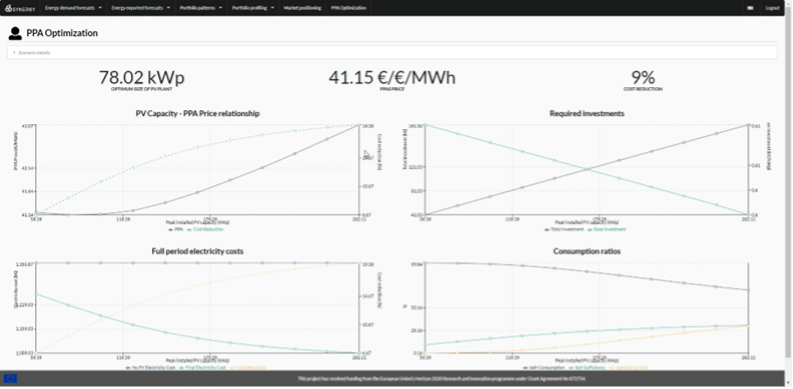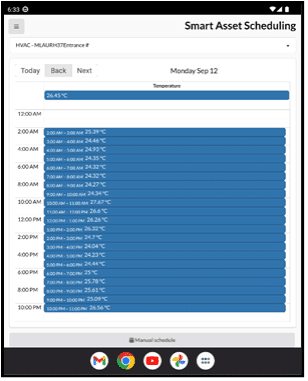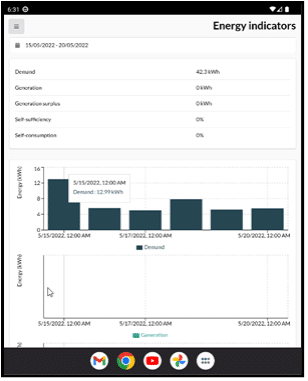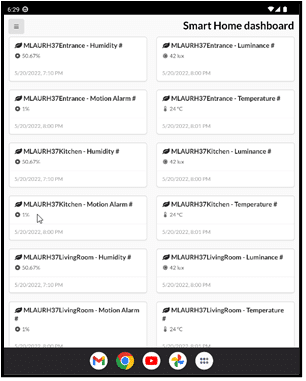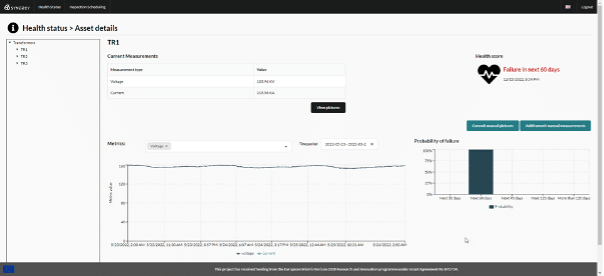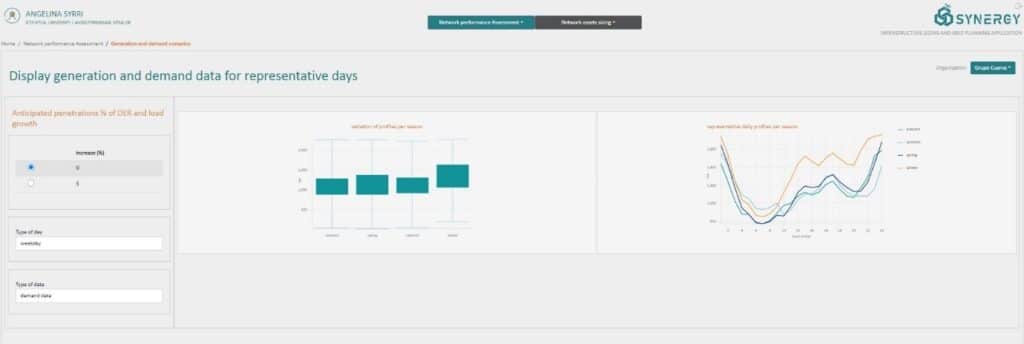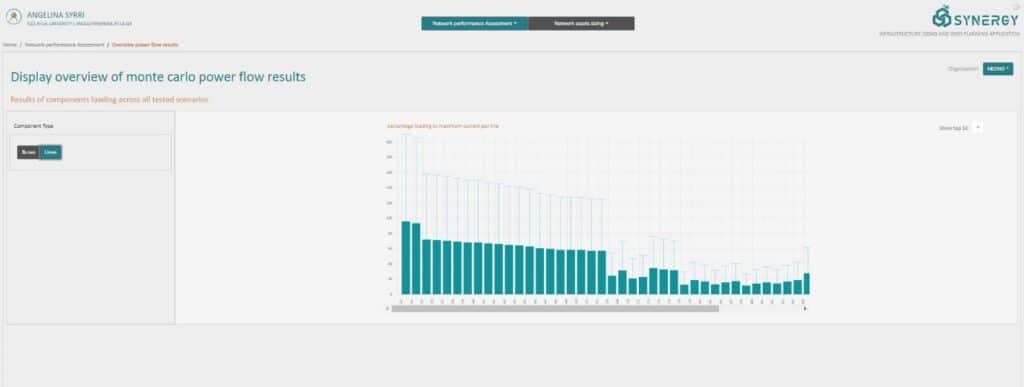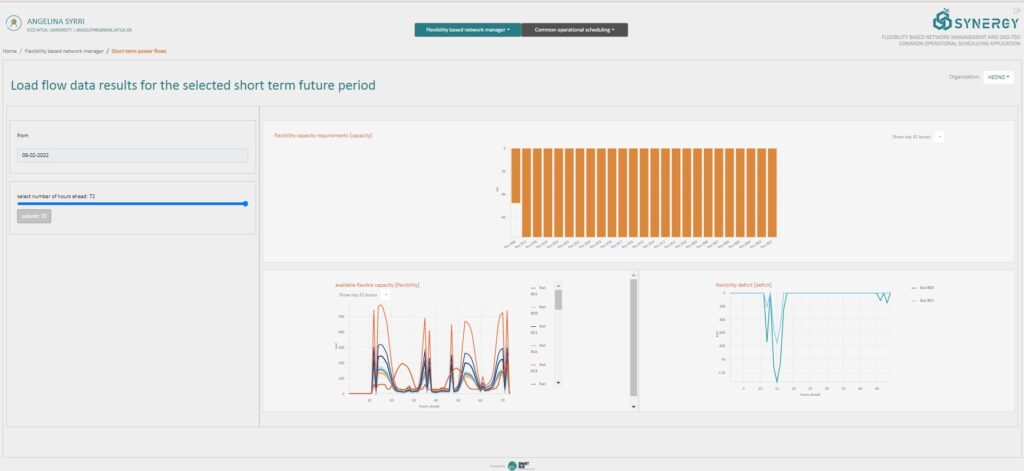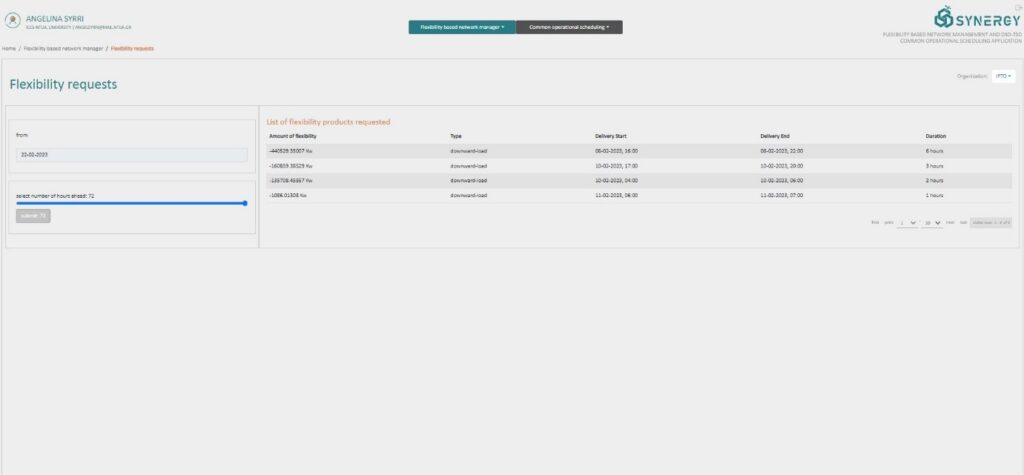The Building/ District-level Analytics for Optimized Energy Performance Management suite developed in SYNERGY (WP7) includes the following applications and tools.
Advanced Renovation Decision Support
The availability of near-real-time data on energy performance is opening new opportunities to optimize buildings’ energy efficiency and flexibility capabilities and to support the decision making and planning process of building renovation infrastructure investment. Existing tools can support retrofitting design and energy performance contracting. However, there are well-recognized shortcomings of these tools related to their usability, complexity, and ability to perform calculations based on the real-time energy performance of buildings. To address this gap, the Advanced Renovation Decision Support tool is developed in the SYNERGY project.
The Renovation Decision Support tool utilizes real-time, automatically collected history data of building energy consumption, occupants’ comfort profiles. The genetic algorithms are used to learn building parameters and building energy consumption baseline. In case the measured building energy consumption data is not available, the web-based GUI allows users to import the default building parameters. The user is supported with setting the renovation targets and the selection of renovation actions. The main outputs of the tool presented for the user are heating, hot water, cooling & electricity consumption for studied retrofitting actions. Additionally, payback time, investment costs, energy costs, and carbon footprint are calculated by reading country-level background data (Figure above).
To learn more about this tool, refer to the article titled “Decision Support Tool to Enable Real-Time Data-Driven Building Energy Retrofitting Design” by Piira, K.; Kantorovitch, J.; Kannari, L.; Piippo, J.; Vu Hoang, N., published in Energies in 2022, volume 15, page 5408. The article can be accessed at https://doi.org/10.3390/en15155408.
Check the tool: https://renovationsupport.synergy-bigdata.eu/synergy-renovation-tool/
Urban Energy Monitoring and Planning Support
An ambitious new strategy sets 2035 as the year when the city will be carbon-neutral, but how to ensure that along the way mobility is not hindered, energy security remains guaranteed and local economy will not suffer. The Urban Energy Monitoring and Planning Support application is developed to chart and compare different possible decision pathways and “what if” scenarios to recognize the optimal paths towards the realization of short-term and long-term objectives for energy efficiency and urban sustainability to meet SECAP targets. In comparison to existing simulation support, apart from energy aspects, system dynamics-based approach taken in SYNERGY can take into consideration the existing interdependencies among social, ecological, economic, and other subsystems and their indicators to support long-term planning.
Set of developed system dynamics simulation models seeks to explain a selected energy efficiency related long-term development indicators as a function of area energy production and demand, PV installations and EV use. Furthermore, the causal theories for both PV installations and EV adoption processes feature non-linear drivers and various potential bottlenecks. Key indicators used for comparing the chosen interventions and assumptions are CO2 emissions and area energy positive index. The predicted energy consumption and energy production for the studied area is taken into the simulation models as a baseline estimates.
A version of the application is accessible at https://urbanplanningsupport.synergy-bigdata.eu/uemps/
Facility Management Energy Analytics, Self-consumption Optimization & Predictive Maintenance Toolbox
The Facility Management Monitoring Engine comprised of a highly effective set of features allows Facility Managers to get a deep and comprehensive understanding of the energy-related behaviour of the facilities under their responsibility, through the calculation and proper visualization of relevant metrics and KPIs.
The developed services allow to design appropriate flexibility control strategies and interacting mechanisms at the building- and district levels in order to be able to maximize self-consumption and reduce energy costs without compromising occupants’ requirements for comfort at building level in presence of distributed renewable technology and storage solutions. Services are complemented with Predictive Maintenance features which facilitate predictive maintenance tasks for large energy HVAC systems installed in buildings. The toolset is based on the Digital Twin technology, and it provides neutral network (autoencoder/Feedforward) and energy signature- based malfunctions, inefficiencies, and optimization possibilities detection.
To learn more about this tool check https://hvac-predictivemaintenance.synergy-bigdata.eu/HVACpredictivemaintenance/
A version of the application is accessible at https://facilitymanagement.synergy-bigdata.eu/
enhanced Display Energy Certificates (eDECs) application
The eDECs application delivers dynamic certificates of building energy performance in variant resolutions (e.g. annual, monthly, daily), for the building as a whole or per designated zone. It utilizes real-time field data of the building (consumption, production.), static building data and benchmark values and dynamically calculates the energy performance indicators associated with the Display Energy Performance certificate as per the adopted standards.
The application automatically retrieves as much input data as possible from the different datasets uploaded by the facility managers to the SYNERGY Platform (e.g. the time series of meter readings), thus minimizing the efforts required to introduce all required inputs to the benchmark models. Facility managers are able to add any missing piece of data (mainly static properties of the facilities under study) also directly to the eDECs application, by using the corresponding forms on the user interface.
A version of the application is accessible at https://facilitymanagement.synergy-bigdata.eu/edec
Smart Readiness Indicator (SRI) application
The SRI app delivers the “smart-readiness” assessment of a building by calculating the capability of the building to a) apply energy savings techniques b) respond to user needs and c) offer services to the grid. The tool utilizes static building data and benchmark values and calculates various indicators (disaggregated and building total) as per the SRI methodology published by the EU.
The SRI assessment tool has been built by the EU in an excel based format and allows facility managers and building owners to perform their smart readiness assessment. Our tool adds-on to the existing ones by giving the users the flexibility to perform the smart readiness assessment of the building by either conducting the assessment from scratch or by using available information already uploaded in SYNERGY platform. The assessment is performed in a user-friendly online environment and, when using data uploaded in the platform, the time needed for the assessment is significantly reduced.
A version of the application is accessible at https://facilitymanagement.synergy-bigdata.eu/srilist
In conclusion, The article discusses the Building/District-level Analytics for Optimized Energy Performance Management Suite developed under WP7 of the SYNERGY project. The suite comprises several energy applications: Advanced renovation support, Urban Energy Monitoring and Planning Support, Facility Management Energy Analytics, Self-Consumption Optimization & Predictive Maintenance and Real-time Building Energy Performance and Smart Readiness Certification. The article highlights the potential benefits of the SYNERGY tool suite in improving energy efficiency, reducing energy costs, contributing to climate change mitigation efforts, etc.
Read more about the SYNERGY Applications:
